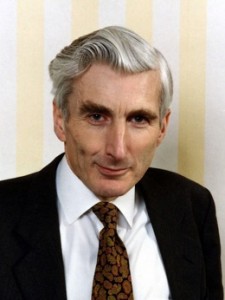Tales From The Industry XXXII: A Matter of Time
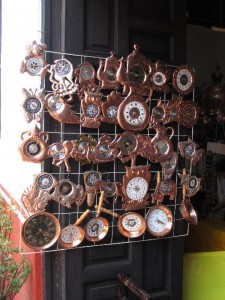 Here are some clocks I saw at the House of Eleven Courtyards (Casa de los Once Patios) in the historic town called Pátzcuaro (at the aforementioned lake of the same name). It was a convent, and is now a place to go and see lots of arts and crafts in action, as well as buy some. The clocks, housed in copper, mark the entrance to an entire room of copper workmanship in various forms.
Here are some clocks I saw at the House of Eleven Courtyards (Casa de los Once Patios) in the historic town called Pátzcuaro (at the aforementioned lake of the same name). It was a convent, and is now a place to go and see lots of arts and crafts in action, as well as buy some. The clocks, housed in copper, mark the entrance to an entire room of copper workmanship in various forms.
The clocks have reminded me to give you an update on something else. Through some of May and June, I did a lot of work for the show The Universe, which airs on the History Channel (as you probably already know from reading here over the years. See here.). There will be, as usual, several topics covered over the upcoming season, and it will be interesting to see how the various filmmakers put together their episodes. It is worth noting that the History Channel have done something remarkable here. This is now the longest run that any cable channel has had for a science show. They built an audience with a solid show, and kept producing good episodes and gathering more (and it is worth saying, an admirably diverse set of) viewers over the years.
In fact, the show has been so successful that they are going to, I predict, pay an […] Click to continue reading this post

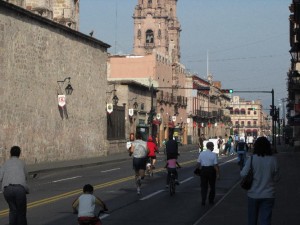

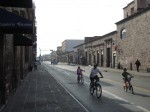
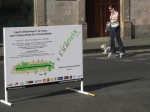
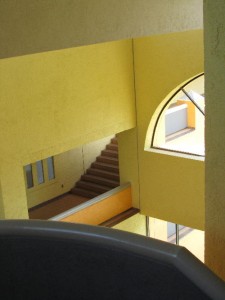


 You can read a bit about the work of my colleague
You can read a bit about the work of my colleague 